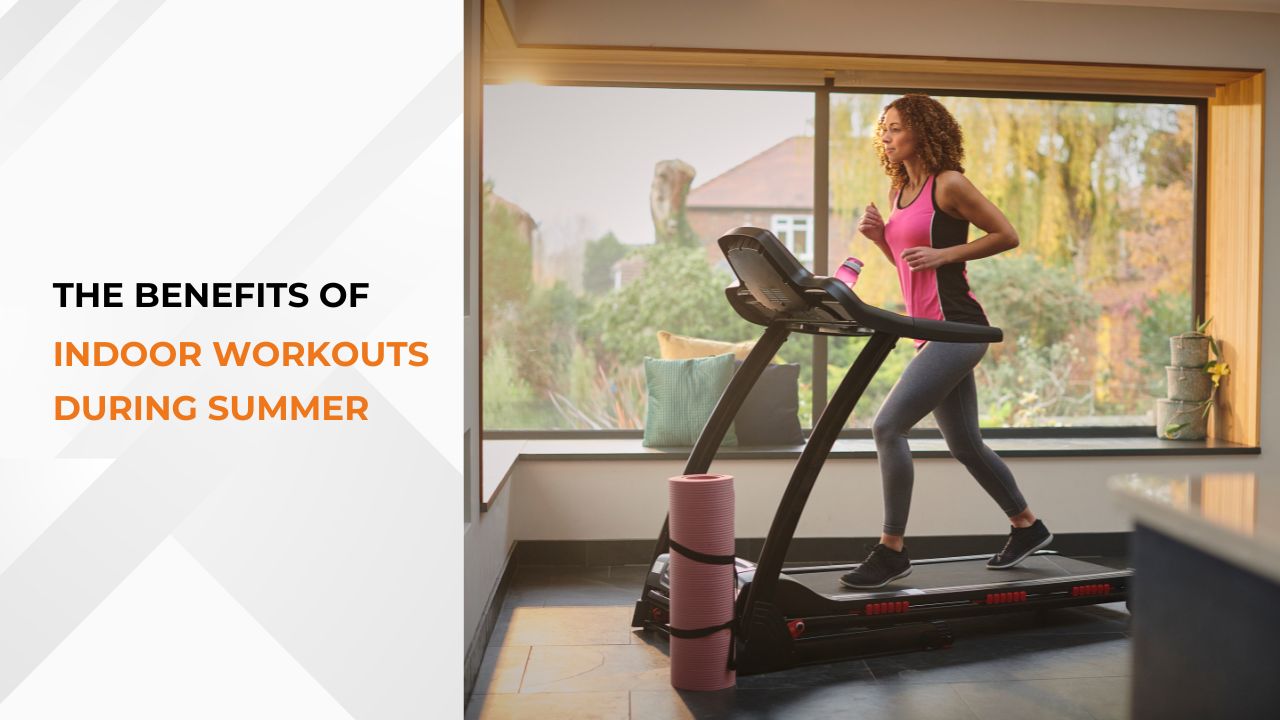12 Simple Strategies to Boost Your Daily Step Count

We all know the importance of exercise for overall health and well-being. Yet, carving out dedicated time for a gym session or a long run can feel challenging in our busy lives. The good news? You can significantly improve your fitness simply by incorporating more movement throughout your day. Here’s where increasing your daily step count comes in – a simple and effective way to be more active without drastic changes to your routine.
The Benefits of More Steps
The benefits of walking extend far beyond burning calories. Here’s why prioritizing your daily step count is a smart choice:
Regular walking improves cardiovascular health. It strengthens your heart, lowers blood pressure, and reduces the risk of heart disease. Walking burns calories and helps maintain a healthy weight. Walking strengthens bones and muscles, reducing the risk of osteoporosis and injuries. It also releases endorphins to combat stress and anxiety and leave you feeling energized. Regular physical activity, including walking, promotes better sleep quality. Additionally, it can improve cognitive function, memory, and focus. Regular walking can help prevent chronic diseases like type 2 diabetes and certain cancers.
How Many Steps Should You Aim For?
The World Health Organization (WHO) recommends a minimum of 150 minutes of moderate-intensity aerobic activity or 75 minutes of vigorous-intensity aerobic activity per week for adults. While these guidelines focus on minutes of activity, translating them into steps provides a more tangible goal.
The recommended daily step count varies depending on your fitness level and goals. However, a good starting point for most adults is **10,000 steps**. If you’re new to regular exercise, you can start with a lower target, like 5,000 steps, and gradually increase it over time.
Creative Ways to Increase Your Step Count
Ready to lace up your shoes and start walking your way to better health? Here are some creative ways to incorporate more steps into your daily routine:
1. Break Up Your Sitting
Sitting for extended periods is detrimental to health. Set a timer to get up and move every 30 minutes. Take a walk around the office, stretch, or climb a few flights of stairs.
2. Walk During Breaks
Use your lunch break for a brisk walk instead of sitting at your desk. Explore nearby parks or walk around the block to refresh your mind and body. Sunshine exposure provides essential vitamin D, fresh air invigorates your senses, and nature’s beauty can be incredibly calming. Schedule walks during the day to soak up the sunshine and enjoy the fresh air.
3. Parking Further & Take the Stairs Whenever Possible
Park further away from your destination, forcing yourself to walk extra steps. Additionally, ditch the elevator and opt for the stairs whenever feasible. This is a simple yet effective way to strengthen your leg muscles and burn extra calories.
4. Turn Tasks into Workouts
Household chores can be a great opportunity to move more. Turn up the music and walk briskly while vacuuming, cleaning floors, or doing laundry. Skip short car trips and walk to nearby stores, banks, or libraries whenever possible. Combine errands into walks, like walking to the store and then to the park for a break. Maximize your steps while completing your to-do list.
5. Buddy Up
Find a friend or family member to walk with. The social interaction will make the time fly by and keep you motivated. Encourage your family to join you on walks. This creates a healthy habit for everyone and provides a fun way to spend quality time together.
6. Monitor and Enjoy Your Steps
Download a pedometer app or use your phone’s built-in step tracker to monitor your daily step count. This helps you stay motivated and track your progress. Listen to audiobooks, podcasts, or music while walking. This distracts you from the time and makes walking more enjoyable.
7. Invest in Comfortable Shoes
Comfortable walking shoes are crucial for preventing blisters and making walking enjoyable. Choose shoes with good arch support and adequate cushioning for your activity level.
8. Make it a Lifestyle Choice
Don’t view walking as just a means to reach a fitness goal. Aim to make it a permanent part of your lifestyle. Pace while you’re on the phone, walk in place while watching TV, or do walking lunges during commercials. Walking is a low-impact, accessible activity you can enjoy throughout your life, contributing to a healthier and happier you.
9. Embrace Interval Walking & Terrain
Alternate between short bursts of high-intensity walking (brisk pace, elevated heart rate) with periods of recovery walking (moderate pace). This burns more calories in less time and improves cardiovascular fitness. Challenge yourself by incorporating hills or inclines into your walking routine. Walking on uneven terrain or stairs engages more muscle groups, leading to a more intense workout and improved balance.
10. Join a Walking Challenge
Participating in a walking challenge adds a fun and competitive element to your routine. Many online communities and fitness apps offer walking challenges with various goals and durations. This fosters a sense of camaraderie and keeps you motivated.
12. Integrate Walking into Travel
Plan walking tours during vacations or explore new cities on foot. This is a fantastic way to combine sightseeing with physical activity while experiencing a new place.
Conclusion
By incorporating these beginner and advanced techniques to increase your daily step count, you can transform your walking routine into a powerful tool for improving your overall health and well-being. Remember, consistency is key. Start small, gradually increase your steps, and most importantly, enjoy the process! With each step you take, you’re one step closer to a healthier and happier you.

